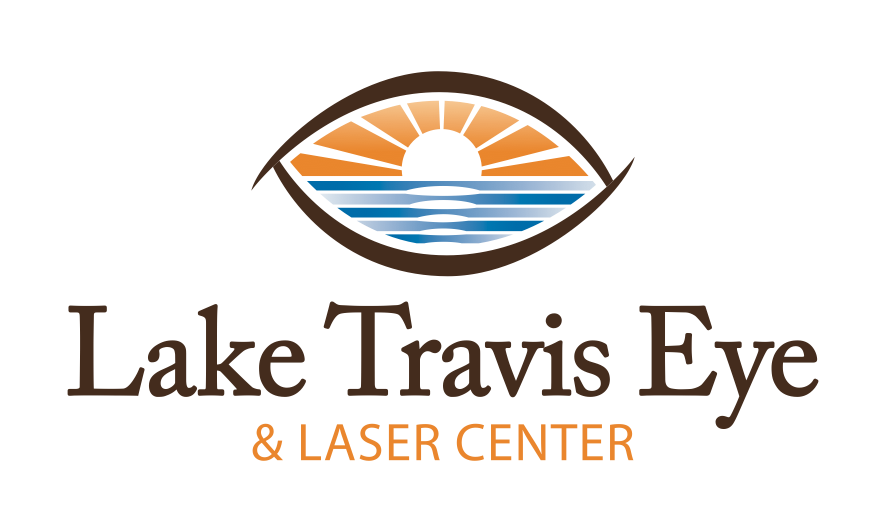
LASER FLOATER REMOVAL
What is a floater?
Eye floaters are small pieces of debris and strands that float behind the lens in the vitreous humor. They cast shadows onto the retina (the back layer of the eye). These shadows cause you to feel like you see a floater/ cobweb/ ring moving in your vision.
Why do we get floaters?
The vitreous humor is a transparent, jelly-like substance that fills the largest chamber of the eye, located between the lens and the retina. When we are young, this jelly is perfectly clear. As we age, the vitreous humor degenerates and liquefies. The collagen fibers in the vitreous now collapse and bind together, forming clumps of spots, cobwebs, or strings. Sometimes the vitreous humor can peel away from the retina entirely, and is commonly associated with a sudden increase in the number of floaters. This is called a posterior vitreous detachment.
What is vitreolysis?
Vitreolysis (laser floater removal) is a non-invasive, pain free procedure that can eliminate floaters and their visual disturbances. This treatment involves the application of nanosecond pulses of laser light to severe vitreous strands and evaporates/vaporizes the opacities. Clinical studies have shown this treatment to be a safe, effective treatment.
What happens during the laser treatment?
Laser vitreolysis is an outpatient procedure that is performed in the eye clinic. Mild anesthetic eyedrops are applied so that no discomfort occurs. During the treatment, you will likely see small spots or shadows – these are actually the floater being vaporized into small gas bubbles that dissolve and resorb into the vitreous. Most treatments take 20-30 minutes, and many patients will need to undergo two or even three treatments.
What can I expect after the laser?
As mentioned above, you may observe small specks in your vision immediately following treatment. These gas bubbles will quickly dissolve. Some patients have mild discomfort, redness, or temporarily blurred vision.
Is laser floater removal covered by insurance?
Sometimes. Coverage varies by insurance and usually depends on medical necessity (how much the floaters impair the patient).
Are there any complications or side effects?
Reported side effects and complications are rare, but can occur. These may include cataract, intraocular pressure (IOP) spike, and retinal tear.
Can all floaters be treated with a laser?
Not all floaters can be safely treated with laser vitreolysis. Approximately 80% are treatable. Some floaters are too close to the retina or the lens to be treated by laser, and necessitate a vitrectomy surgery for successful treatment.
Are there treatment options other than laser floater removal?
Yes. Floaters do not always have to be treated with a laser. One option is to do nothing. You (and your amazing brain) may learn to ignore the floater. A second option is laser floater removal. A third option is a vitrectomy, which is a more invasive surgery performed in the operating room.
Want to learn more? Check out floater-vitreolysis.com, and watch the video below.
